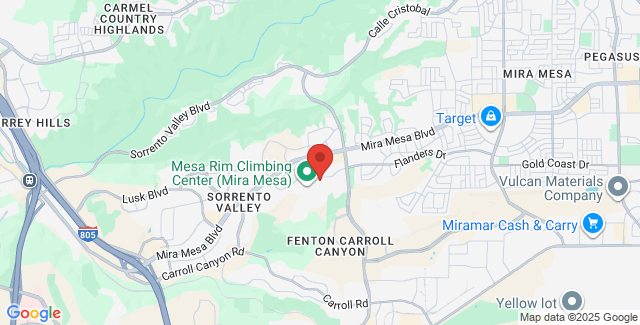Mesothelioma Glossary
Actinolite: A basic calcium, magnesium, iron silicate, one of six naturally occurring fibrous minerals forming the group called asbestos. Actinolite was never used in commercial products.

Amosite: Another one of six naturally occurring fibrous minerals forming the group called asbestos. Amosite was a common form of asbestos used in commercial products and is light gray to pale brown in color.
Amphibole: A subgroup of asbestos characterized by crystals forming in a chain-like structure.
Asbestos: The commercial name given to a naturally occurring fibrous silicate mineral commonly used in construction materials and other products because of its high heat resistance, strength, and durability. Over time, exposure to asbestos may lead to asbestosis, mesothelioma and lung cancer.
Asbestos abatement: The removal of asbestos containing materials from structures. Only a licensed, experienced contractor should perform asbestos removal.
Asbestosis: A chronic, progressive condition of scar tissue build-up in the lungs resulting from the inhalation of asbestos fibers. Shortness of breath, increased risk of lung infection and permanent lung damage are common symptoms of asbestosis.
Carcinogenic: Of that which is known to cause cancer. Asbestos is a known carcinogen, or cancer-causing substance.
Carcinoma: Malignant tissue, usually in the form of a tumor originating in the skin or in tissues that line or cover internal organs.
Chrysotile: Silicate of magnesium and one of the six fibrous minerals forming the group called asbestos. Chrysotile made up close to all of industrial asbestos and is the only "non-amphibole" asbestos-belonging to the serpentine category.
Crocidolite: A member of the amphibole group of asbestos, this fibrous mineral is referred to as "blue asbestos" as it is often blue in color.
Epidemiology: The statistical study of the distribution and determinants of disease in populations.
Friable: Of a material which when dry, may be crumbled, crushed, pulverized, or reduced to powder by normal hand pressure.
Invasive cancer: Cancer characterized by spreading from its point of origination into other tissues and organs.
Mesothelioma: A rare cancer, usually found in those exposed to asbestos, in the form of a malignant tumor in the mesothelium of the lungs and or abdomen. Symptoms of mesothelioma include persistent coughing or coughing of blood, chest or abdomen pain, fatigue, and weight loss.
Mesothelium: Tissue that forms a lining around the chest, abdominal cavity and other organs. This tissue produces a lubricant fluid that protects organs and allows them to move.
Pneumoconiosis: Fibrosis and scarring of the lungs as a result of repeated inhalation of respiratory irritants, such as asbestos.
Serpentine asbestos: Asbestos characterized by curly fibers with a layered or tiered structure. Chrysotile, or white asbestos, is a member of the serpentine group and is also the most common form of asbestos used in industrial applications in the U.S.
Statute of limitations: A law limiting the length of time a potential plaintiff has to file a lawsuit. The statutes of limitations vary depending on circumstances.
Tremolite: Once of the six varying forms of asbestos. Characterized by a translucent bright- to gray-green tough interlocking fibers which are flexible and elastic.
Related to Mesothelioma Glossary




